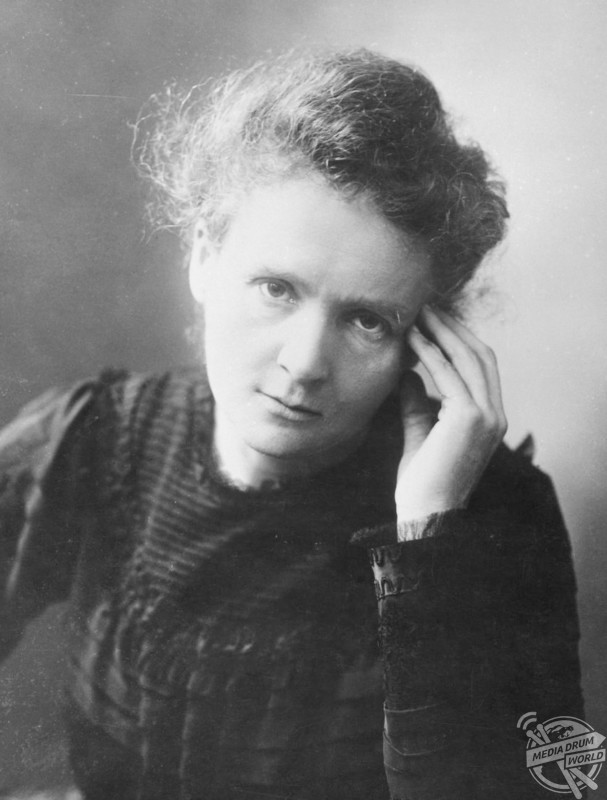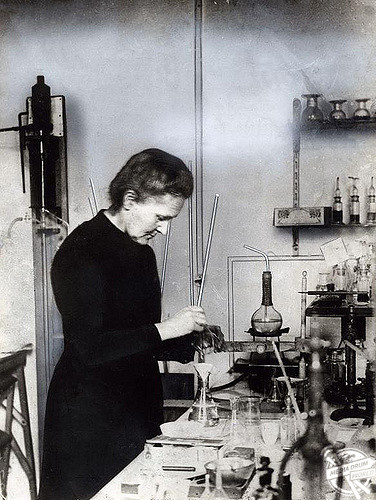By Ben Wheeler
INTIMATE black and white photos of legendary chemist and physicist, Marie Curie, have resurfaced on her 150th birthday.
The images show Curie, born Maria Skłodowska, being received by then US President Warren G. Harding, at the White House to be presented with a gram of radium.
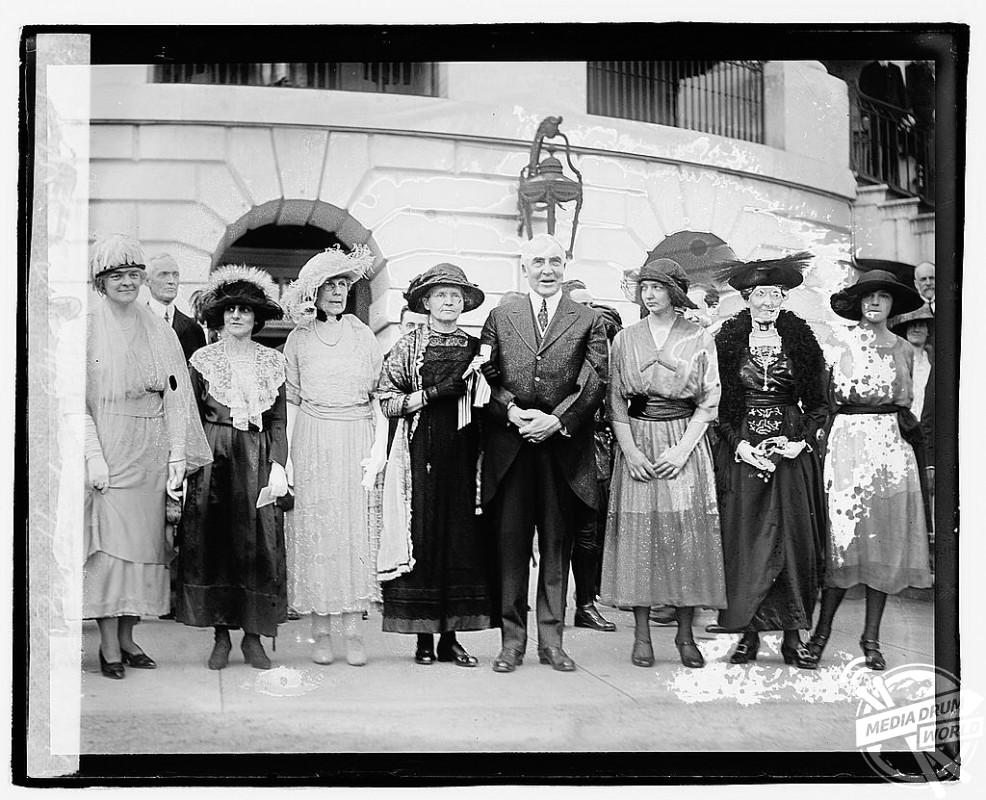
Others offer a glimpse into her personal life from her early life with her family to striking portraits of the scientist not long before her death.
Curie was born in Warsaw, then part of the Polish empire, before following her sister to Paris in 1891, aged 24, where she studied physics, chemistry and mathematics at the University of Paris.
After earning a second degree in 1894, Curie began her scientific career, investigating the magnetic properties of various steels and it was also during this year that she met her future husband, Pierre, after they bonded over their mutual passion for science.
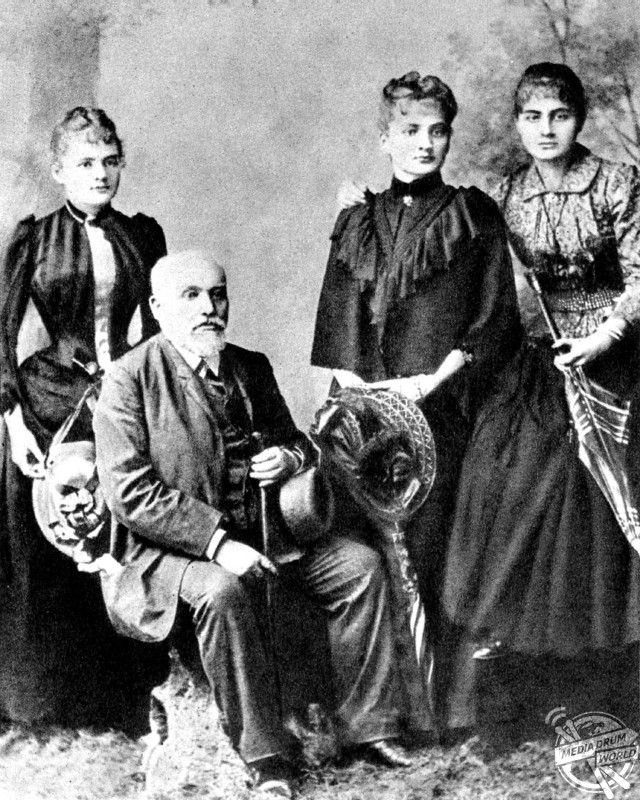
Pierre and Marie married just the following year, on 26 July 1895, following Marie’s return from Poland where she had been denied a place at Kraków University due to her gender.
It was in the years following her return that Curie was to become a household name the world over, first when she started working with Uranium.
The outcome and hypothesis resulting from her studies was an important step in disproving ancient assumptions that atoms were indivisible.
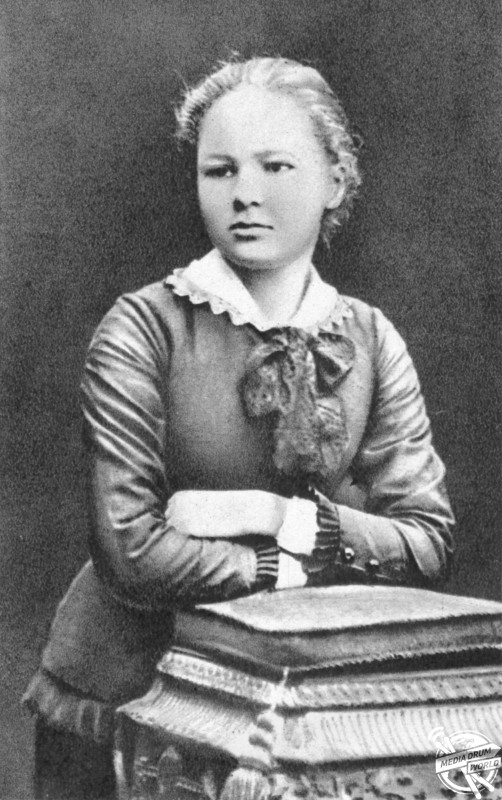
Upon the continuation of this line of work which by this point Marie and Pierre were embarking on as a couple, they announced the existence of Polonium, named after Marie’s native Poland, and Radium, coining the word ‘radioactivity.’
Between 1898 and 1902, the Curies published a total of 32 papers, vitally including one that announced that tumour forming cells were destroyed faster than healthy cells when exposed to radium.
The following year, the Royal Swedish Academy of Sciences awarded the couple the Nobel Prize in Physics, originally only due to be awarded to Pierre, whose complaint meant Marie was added to the nomination, making her the first woman to be awarded a Nobel Prize.
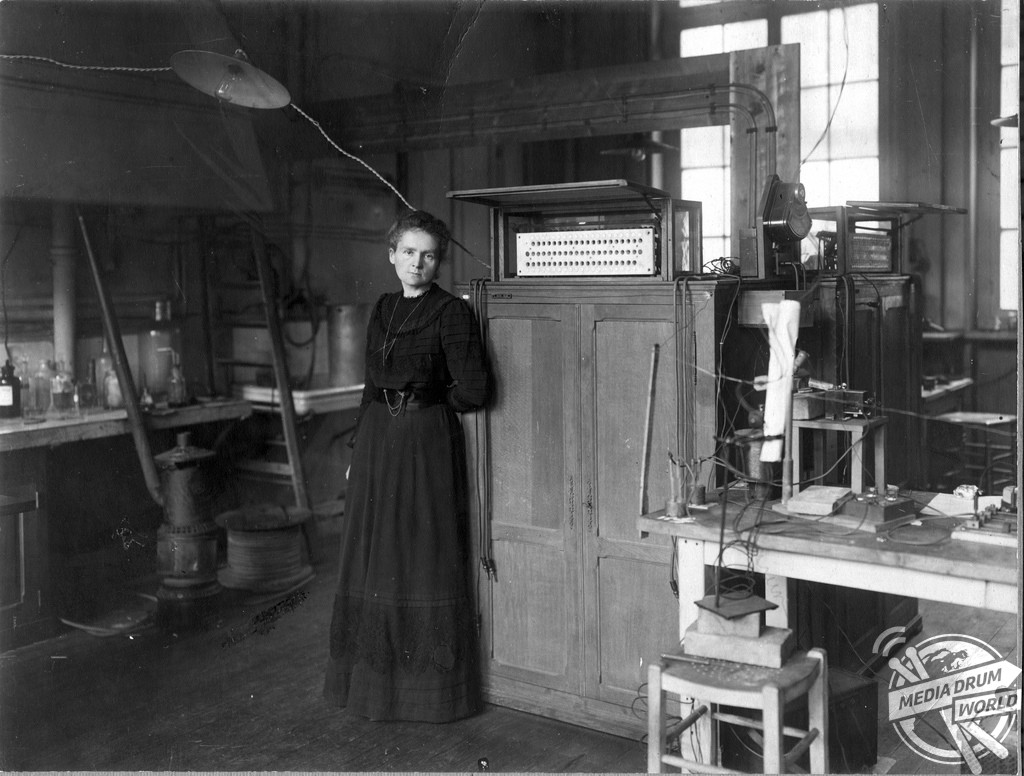
In April 1906, Pierre Curie was killed in a road accident leaving Marie devastated. However, Pierre’s death lead to another first for Marie as she was offered her late husband’s post of Professor at the University of Paris, making her the first female to hold such a post at the institution.
With international recognition for her work growing to new heights, Marie was once again honoured with a Nobel Prize in Chemistry in 1911, becoming the first person to win two Nobel Prizes and remaining to this day one of just two who are noble laureates in two fields.
The First World War soon followed, and Curie recognised a need for radiological centres near the front lines to assist battlefield surgeons.
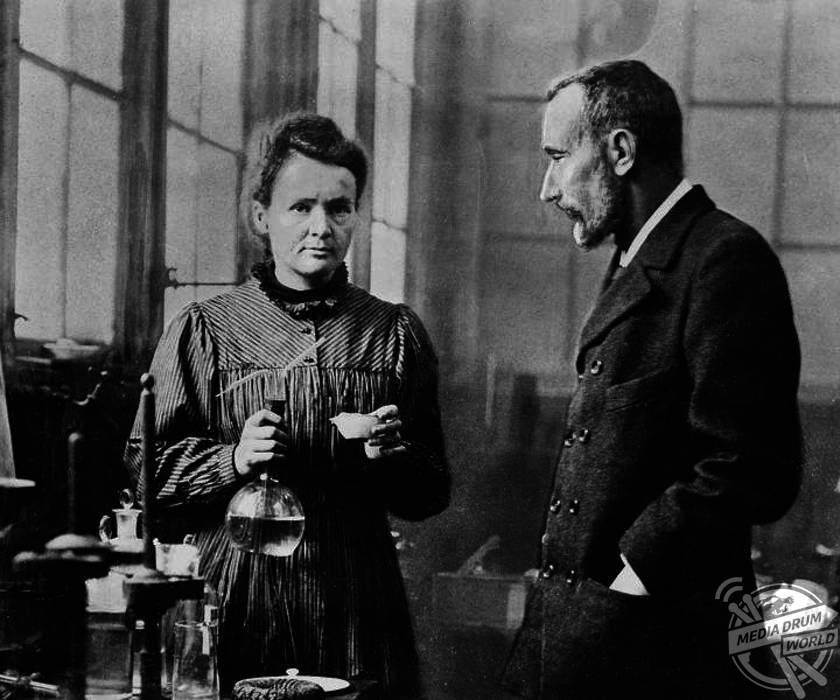
After a short study, Curie was able to produce x-ray equipment, vehicles and auxiliary generators, directing the implementation of 20 mobile radiological vehicles and another 200 radiological units in the first year of the war. It is estimated that over a million wounded soldiers were treated with her units during the conflict.
Marie Curie passed away in July 1934 from aplastic anaemia, believed to have been contracted from her long-term exposure to radiation, with its’ damaging effects not being known at the time of her work, which had been carried out without safety measures.
Curie’s legacy still lives on today, not only through her life saving scientific discoveries, but also the charity in the UK that carries her name, providing care and support to terminally ill people and their families.
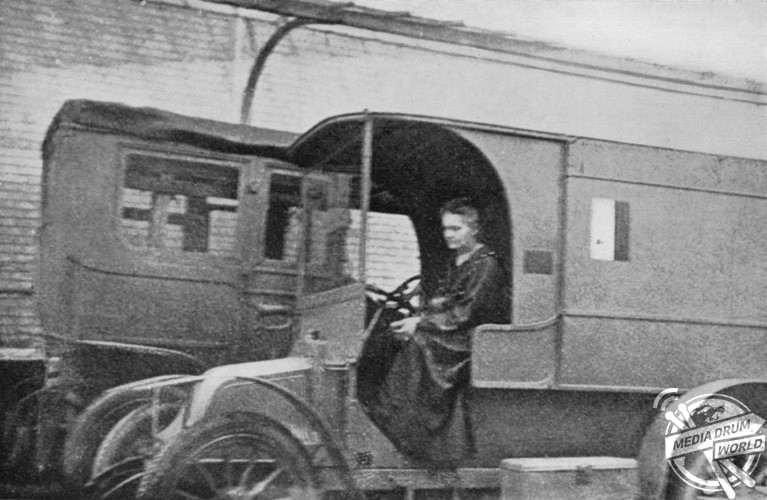
To celebrate her 150th birthday, the charity is “celebrating three women who embody her legacy – women who have faced unique challenges, and dedicated countless hours to serving science, medicine or raising money to help others,” as Curie did herself.
They continue to say that “Every one of us in the UK will be affected at some point by a terminal illness. As we celebrate the people that embody Dr Curie’s legacy this week, it’s important to recognise the work that we still have left to do.”
For more information see https://www.mariecurie.org.uk/
